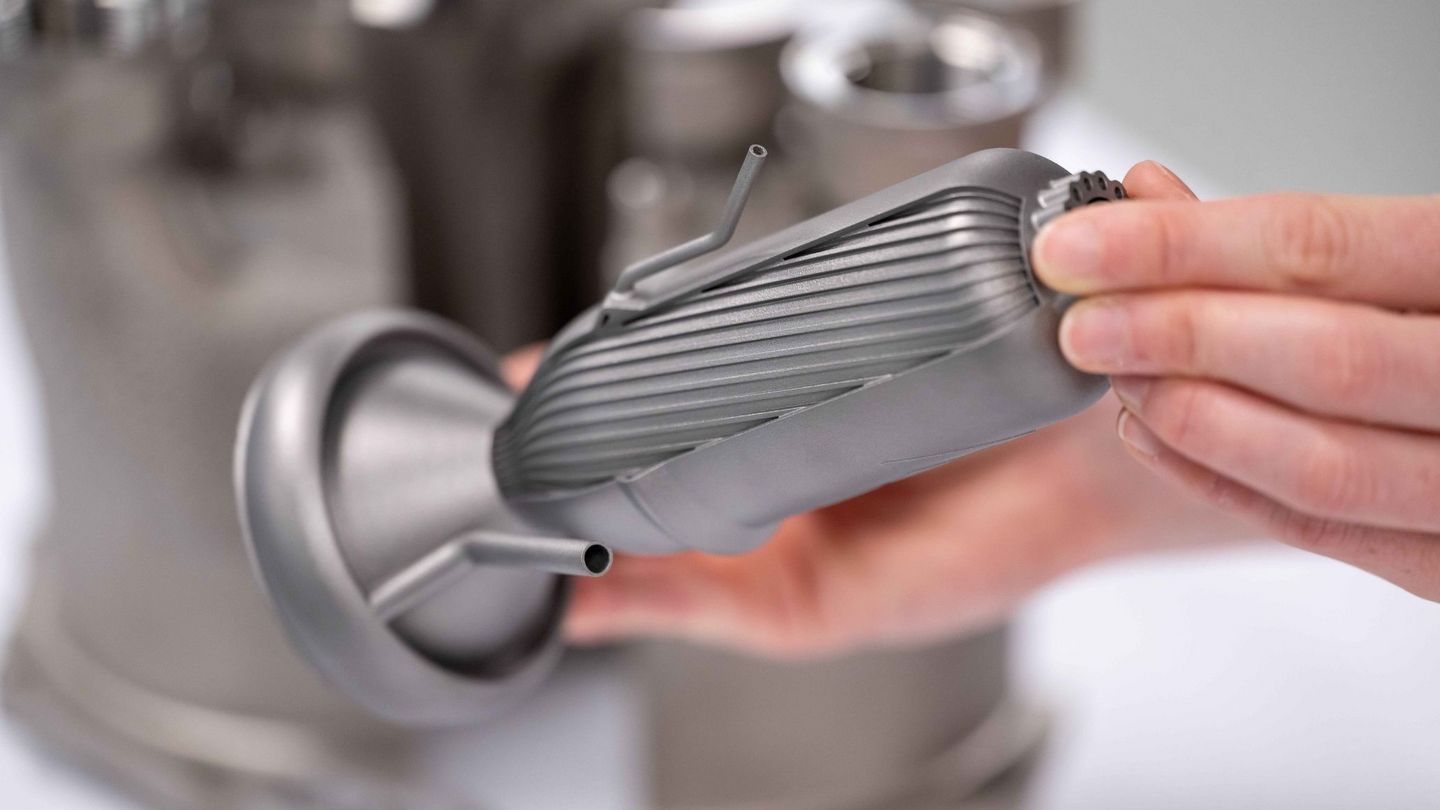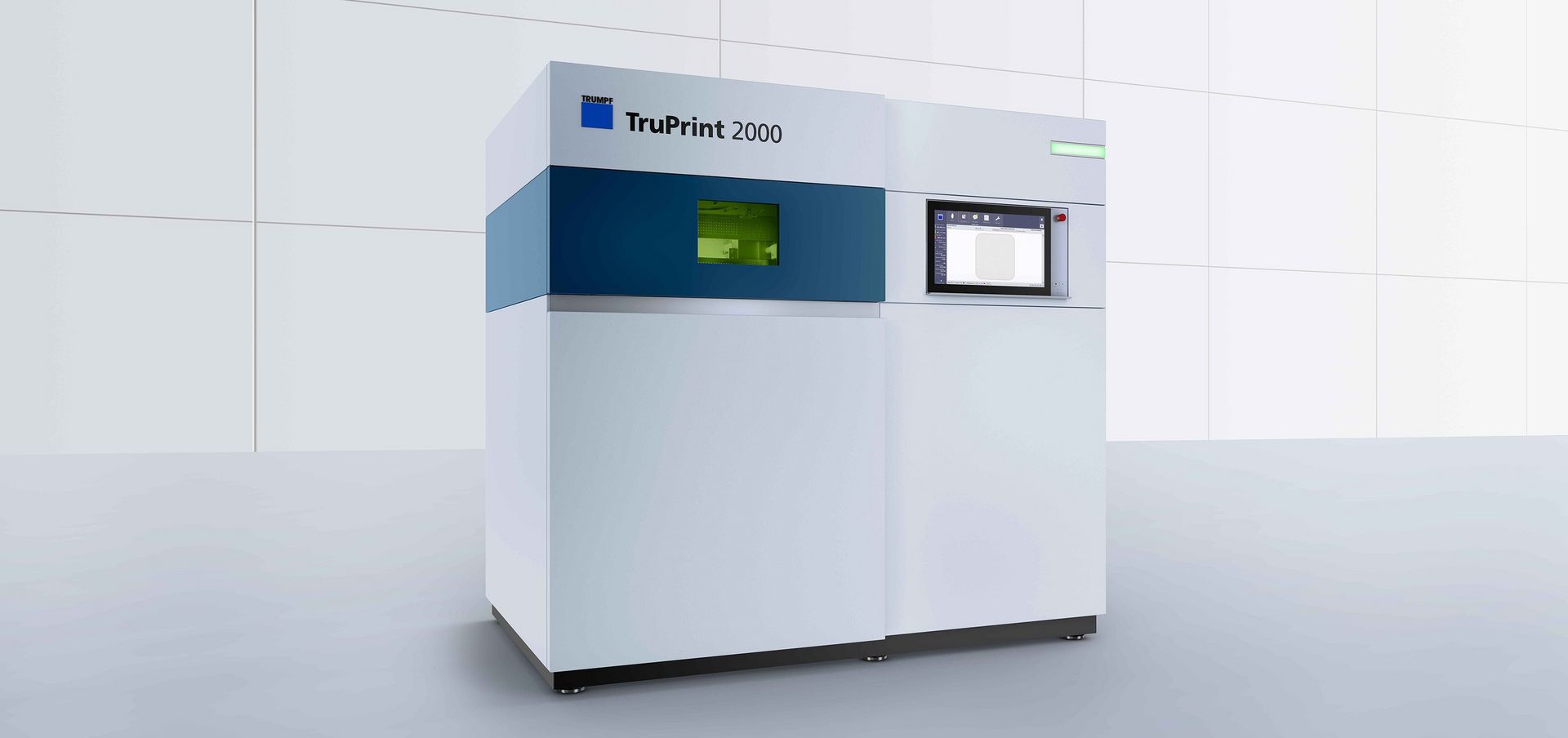Satellite thrust nozzle
Additive manufacturing enables ultra-efficient and cost-effective production of power units for satellites or other load capacities. The option to produce components from niobium means they can be used in extreme temperature ranges from -150°C to > 1000°C. The company Agile Space Industries uses the TruPrint 2000 for the 3D printing of thrust nozzles, saving on material and weight. 3D printing is particularly sustainable in terms of rare raw materials and expensive alloys. Satellites use thrust nozzles to align and maintain their position, landers use them during touchdown and rockets deploy them to adjust their flight direction.
Get in touch with our additive manufacturing experts!
Do you have a component that you would like to 3D print? Would you like to know what potential savings there are, and what advantages you could benefit from with additive manufacturing? Then get in touch with us today to arrange an individual consultation with our experts.
Facts & figures about the example part
Material: Pure nickel or niobium (C-103)
Weight: 622 g
Build time: Single laser 13h 39 min, multilaser 10h 47 min
Number of layers: 4414 , each 40 µm
Created by: Agile Space Industries




